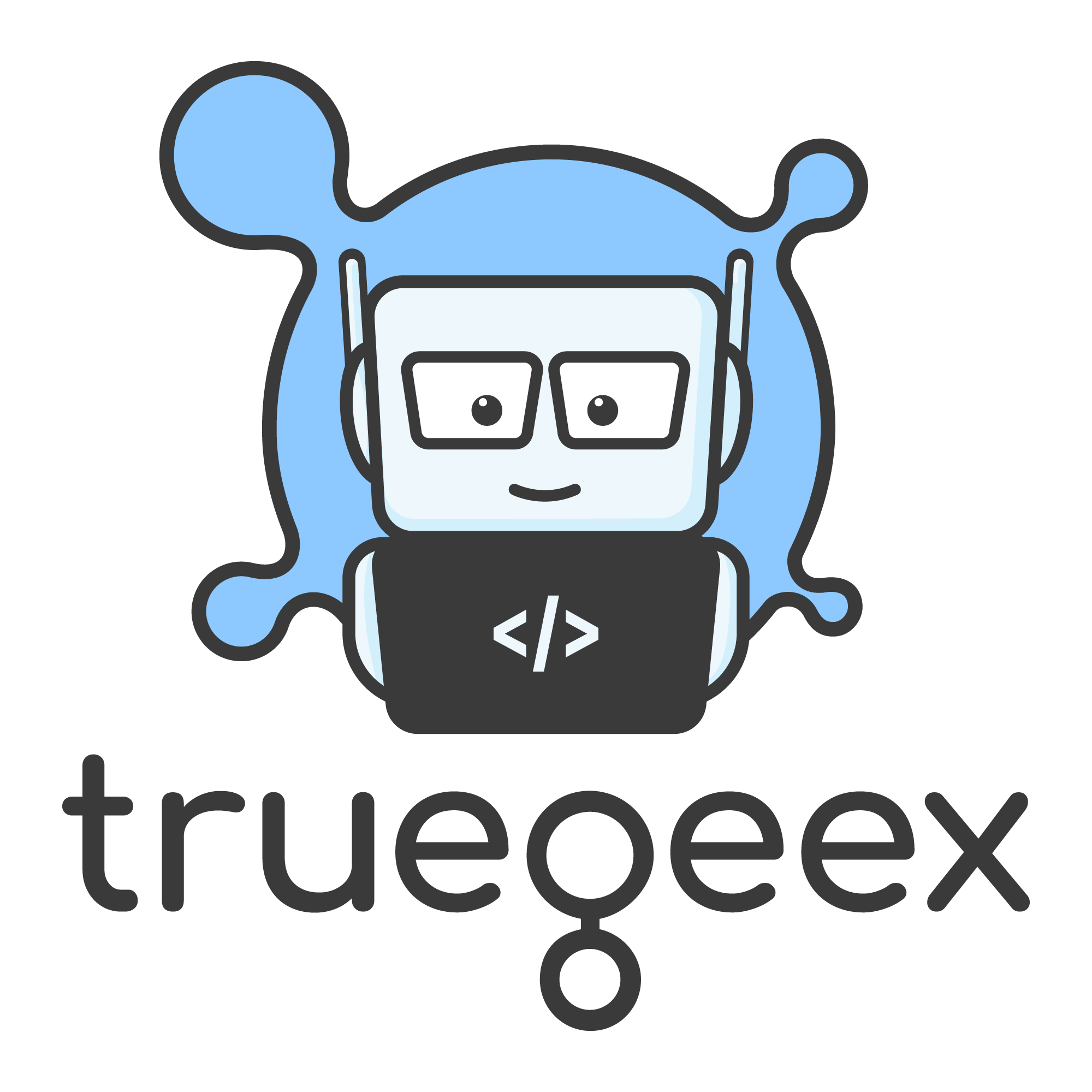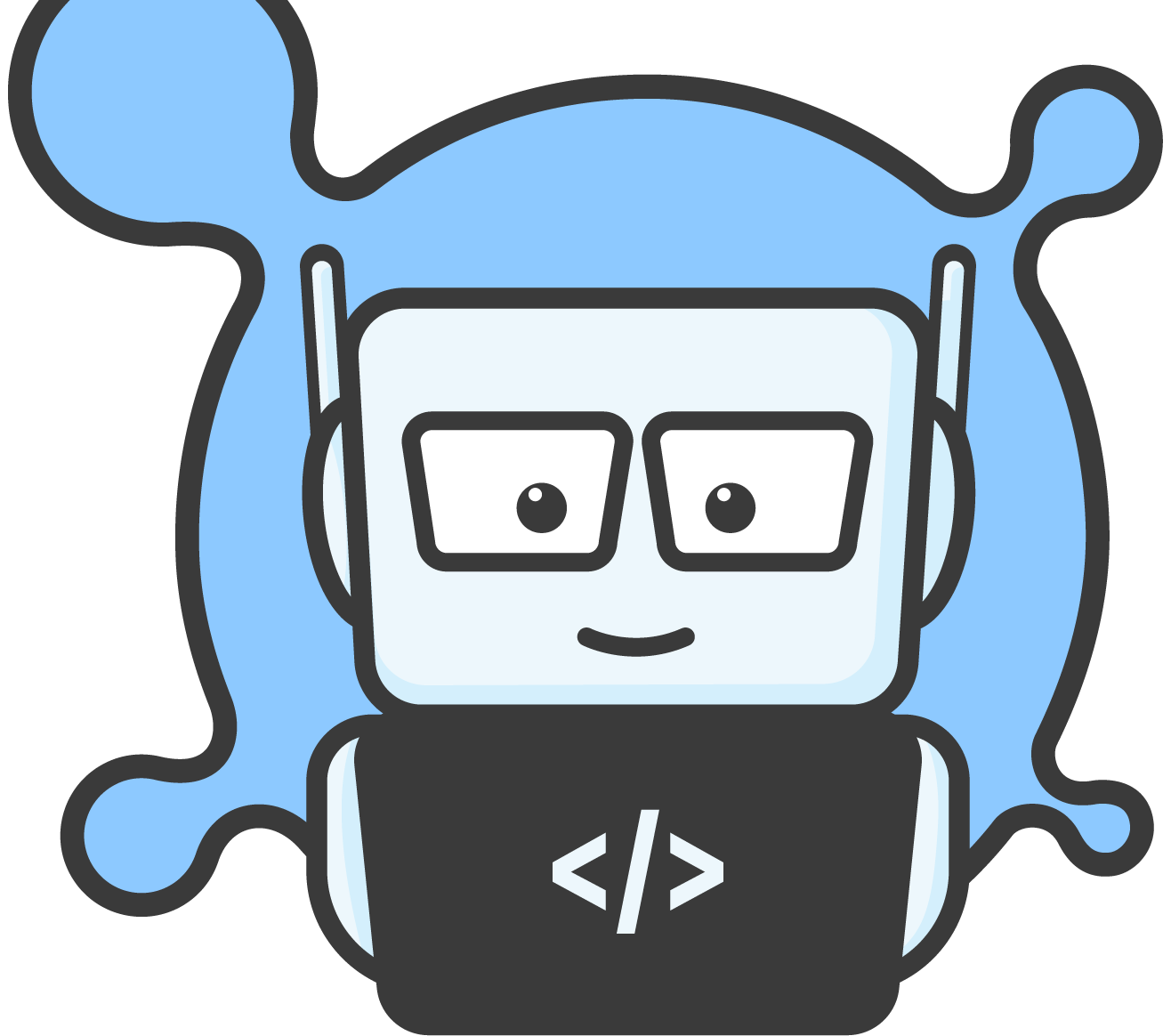

The strengths of TrueGeeX are a goal-driven, rather than technology-driven approach to problems, as well as the fast integration into existing projects and adoption of new technologies.

The following list represents a selection of projects TrueGeeX has worked on (including work pre-TrueGeeX):

TrueGeeX is essentially me, Sebastian Trüg. In 2015 I decided to create my own small IT company in order to work on the most interesting topics. Since then I have worked on several different projects ranging from full-stack enterprise and semantic web technologies to embedded development.
Before venturing into the corporate IT world I gathered a lot of experience through my work on open-source projects, most notably as the author of the CD and DVD burning application K3b. I was a mentor in the Google Summer of Code twice and developed the KDE integration for the Semantic Desktop project Nepomuk.
